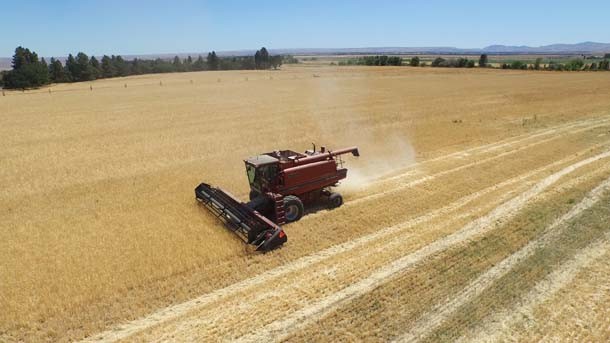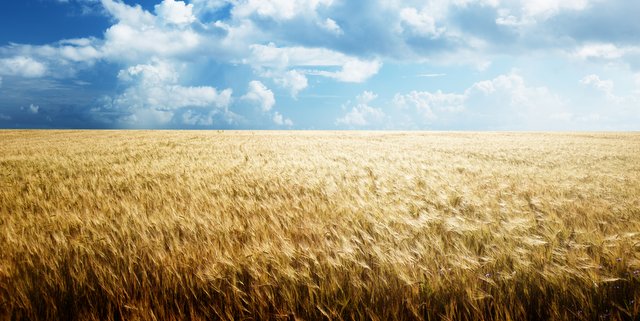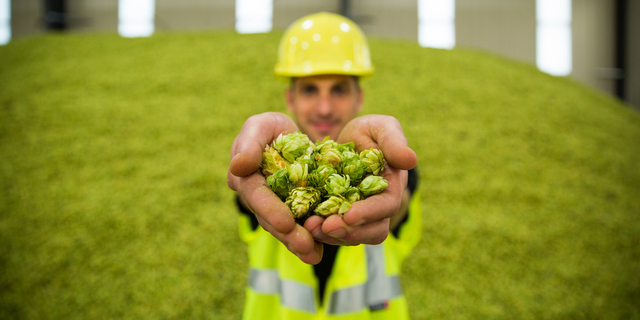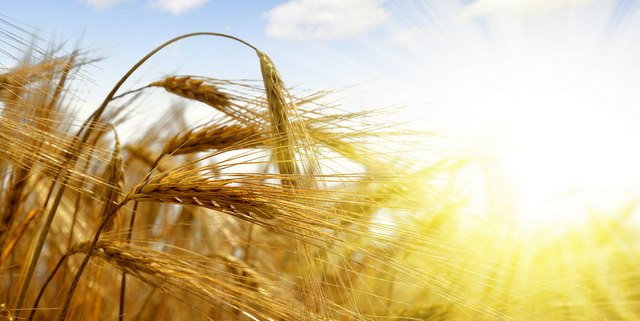
The ups and down of ag commodities is sadly a familiar cycle for American farmers. In the last few years, barley was a bright spot on the agricultural landscape — especially with declining wheat prices. According to The Great Falls Tribune: In 2013, the crop hit record prices, with Montana’s barley growers cashing in on nearly $273 million in sales that year. That encouraged more production, pushing supply beyond demand.
The slide for barley has continued ever since. World barley stocks will end next season at their lowest in more than 30 years, as the grain continues to fall out of favor with farmers, noted Agrimoney.com. In the USDA’s Prospective Plantings report (released March 2017): Producers intend to seed 2.55 million acres of barley for the 2017 crop year, down 17 percent from the previous year. If realized, seeded area for barley will be the lowest on record. In Montana, acreage is expected to be down 30 percent from 2016. In North Dakota, planted acreage is expected to decrease by 36 percent from last year. Those are some pretty gobsmacking numbers.
Last year, we were talking about a barley surplus. Around 75 percent of the barley grown in the United States is produced in Idaho, Minnesota, Montana, North Dakota and Washington. It’s an essential brewing commodity, and over the last few years farmers have been aggressively growing more barley for brewers, distillers, food, feed and even pharmaceuticals. Maybe they’ve been too aggressive — at least for brewers. From a solid feature on Idaho barley in the Times-News and Magicvalley.com out of Twin Falls.
Burdensome barley stocks led to brewing companies to cut both the number and price of malt barley contracts in Idaho. As a result, the 17 percent reduction in barley acreage wasn’t unexpected in Idaho. Nationwide, growers planted just 2.376 million acres of barley, down 28 percent from last year. That’s about one-third of the barley planted just 20 years ago.
We’ve noted for some time that growers have reported that malting companies have been hesitant to buy surplus production beyond contract volumes — even of the best malt — and have also indicated their intentions to contract for about 15 percent less acreage this season (perhaps that number is up to 17 percent, according to the USDA report above). We’ll keep you updated on if that trend continues.





[…] nicht. Produktion von Gerste ist sehr variabel in Abhängigkeit von Preisen und lokalem Wetter, so dass eine Variation von 4-Prozent […]